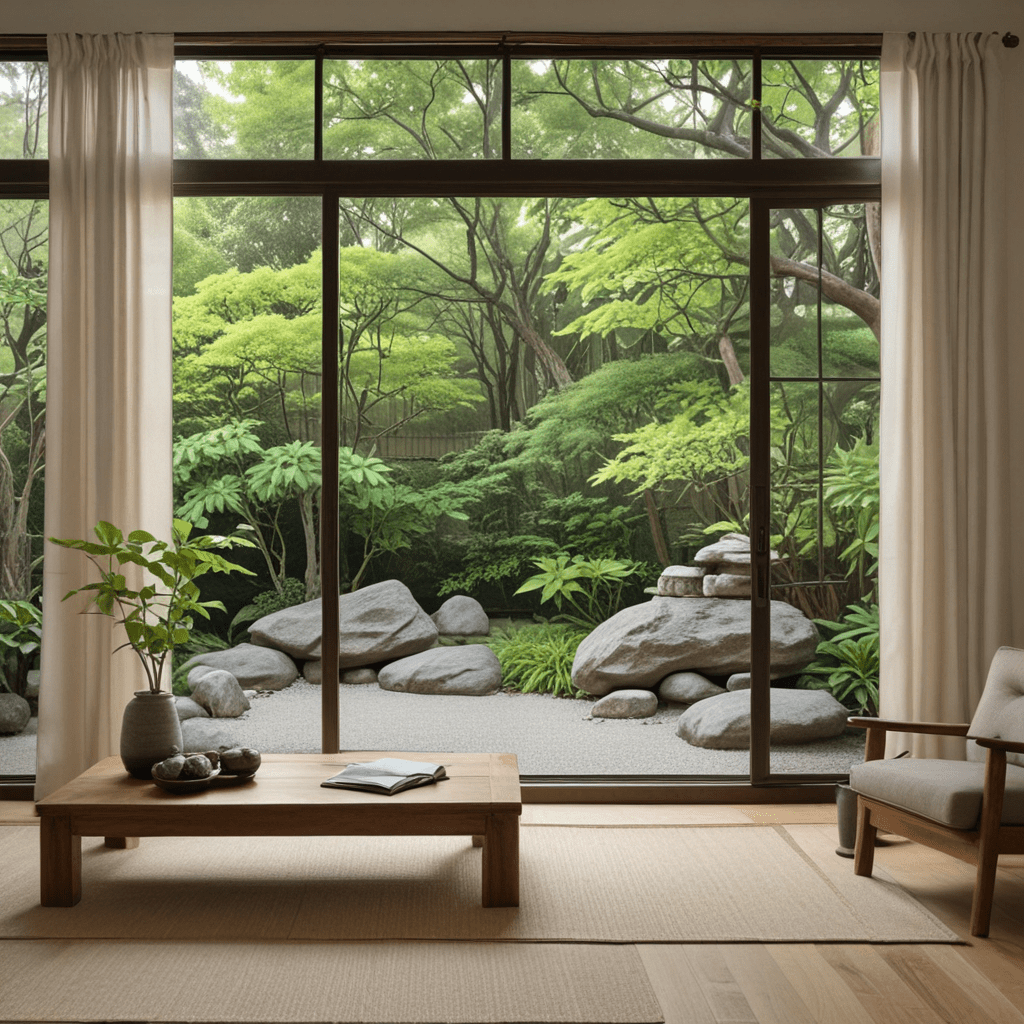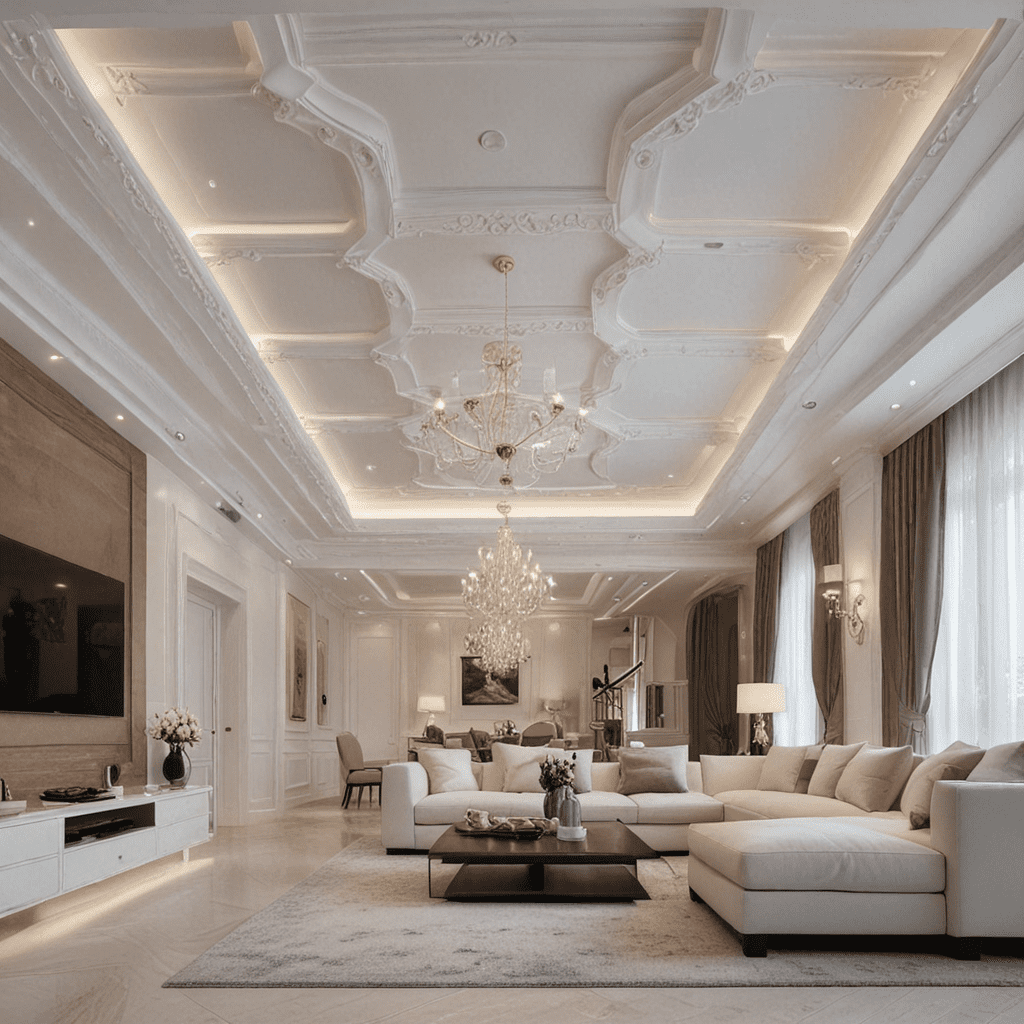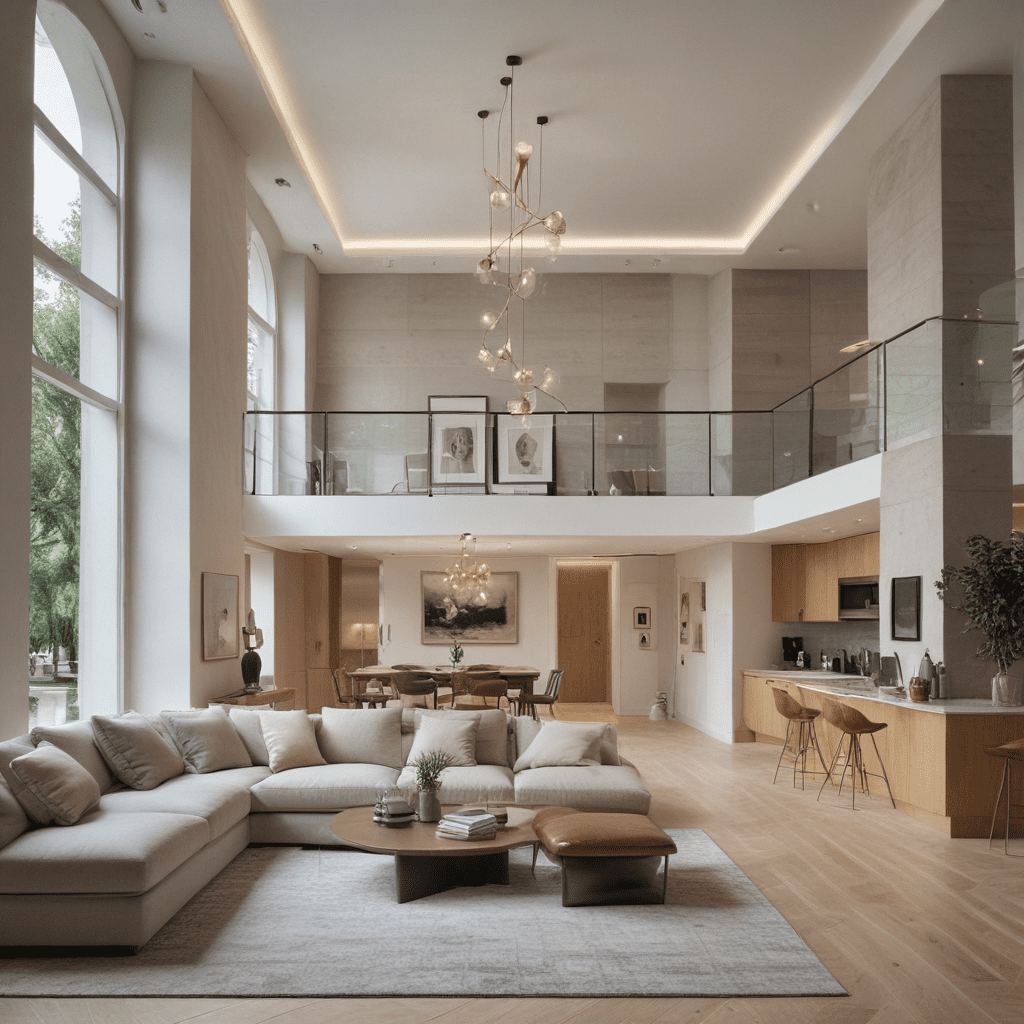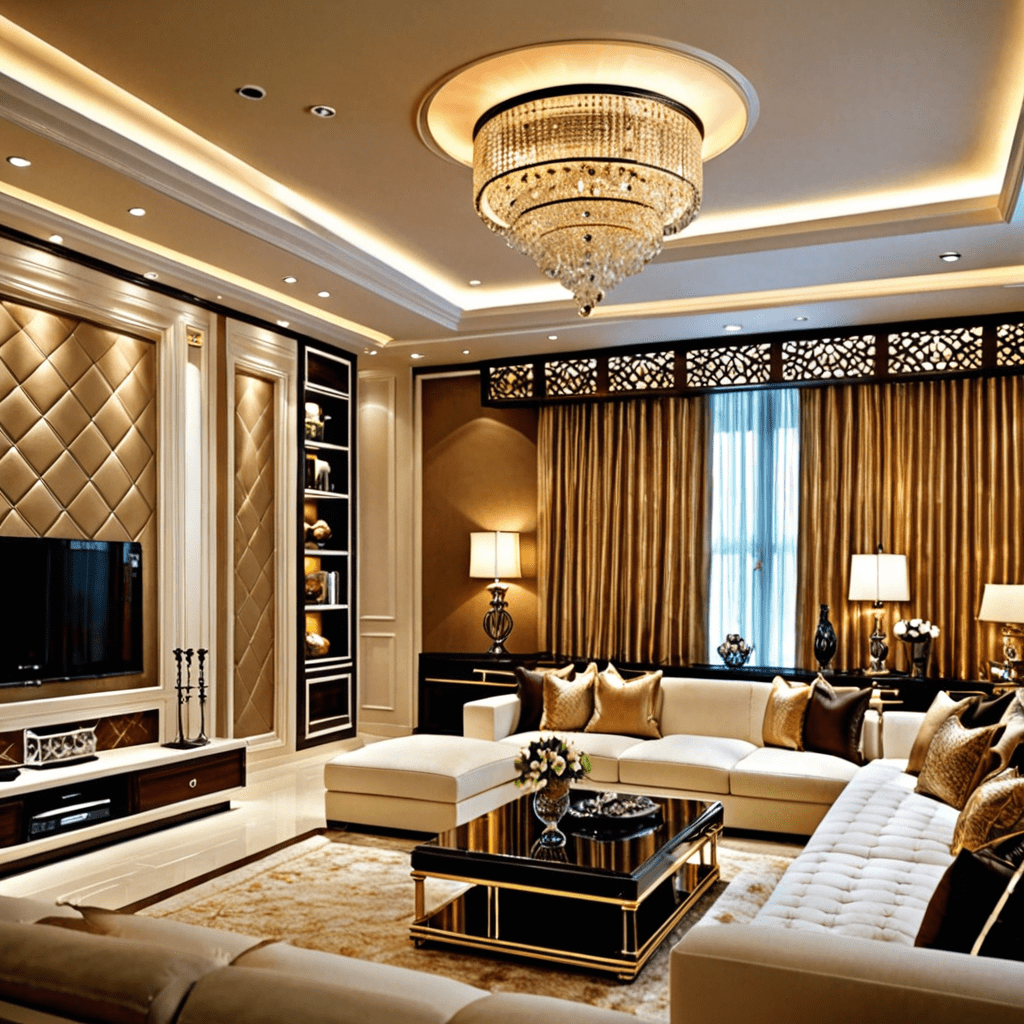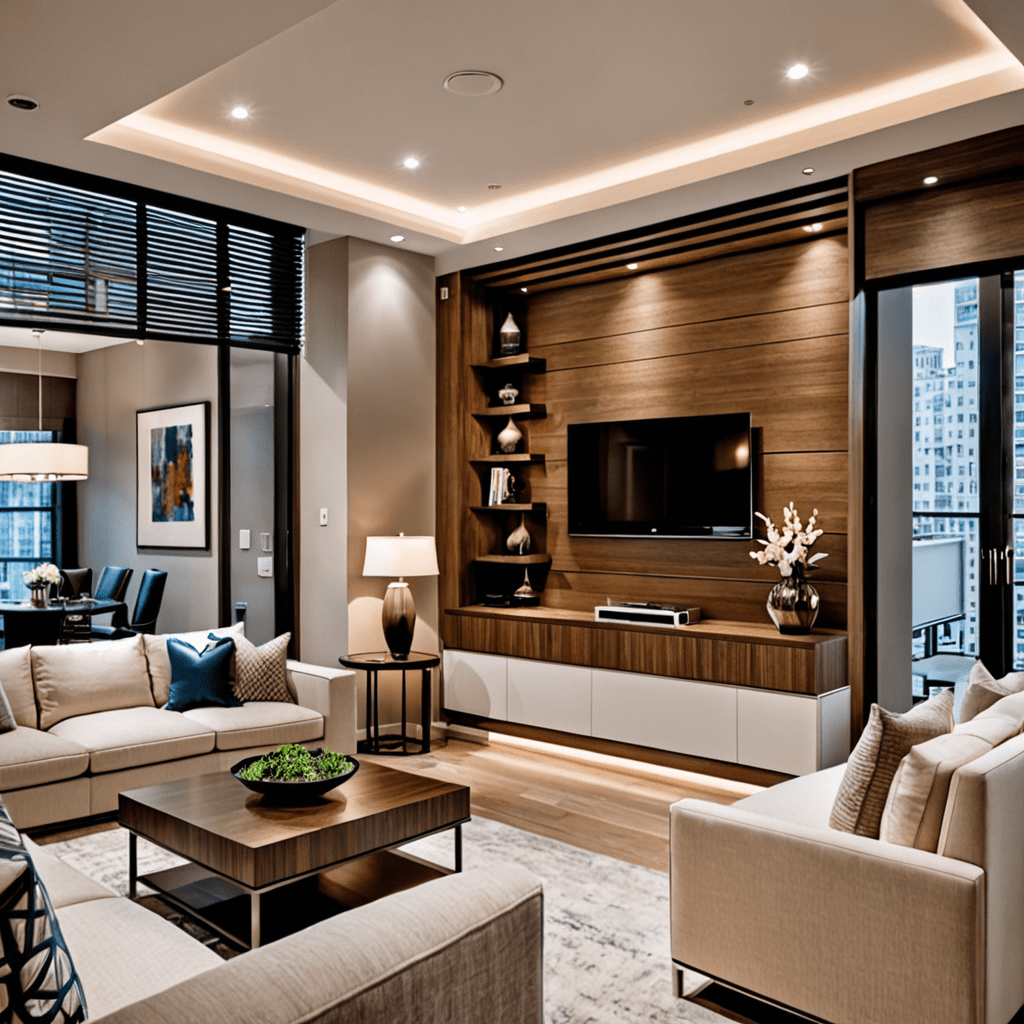Bamboo Flooring: The Perfect Flooring Option for Your Home
Bamboo Flooring: The Perfect Flooring Option for Your Home
Are you looking to upgrade your flooring and create a stylish and sustainable living space? Look no further than bamboo flooring. This eco-friendly and durable option is becoming increasingly popular in interior design due to its unique properties and aesthetic appeal. In this article, we will explore the key elements of bamboo flooring, provide tips for selecting furniture pieces that complement this flooring option, and answer frequently asked questions to help you make informed decisions for your home.
Key Elements of Bamboo Flooring
Bamboo flooring offers several key elements that make it a desirable choice for homeowners.
- Eco-Friendly: Bamboo is a fast-growing grass that can be harvested sustainably, making it an environmentally friendly flooring option. Unlike hardwood trees that take decades to mature, bamboo reaches maturity in just a few years, making it a more renewable resource. By choosing bamboo flooring, you contribute to the preservation of forests and reduce your carbon footprint.
Durability: Despite being a grass, bamboo flooring is incredibly durable. It is harder than many hardwoods, making it resistant to scratches and dents. This durability makes bamboo flooring a suitable choice for high-traffic areas in your home.
Variety of Finishes and Styles: Bamboo flooring comes in a wide range of finishes and styles, allowing you to find the perfect fit for your interior design preferences. Whether you prefer a natural and light-colored look or a darker, richer tone, there is a bamboo flooring option to suit your style.
Easy Maintenance: Cleaning and maintaining bamboo flooring is a breeze. Regular sweeping or vacuuming, along with occasional damp mopping, is usually sufficient to keep it looking great. Just be sure to avoid using harsh chemicals or excessive moisture, as these can damage the flooring.
Tips for Bamboo Flooring
When selecting furniture pieces to complement your bamboo flooring, it’s important to consider factors such as size, style, and functionality. Here are some tips to help you make the right choices:
- Choose Furniture with Similar Tones: To create a cohesive look, opt for furniture pieces that have similar tones to your bamboo flooring. If you have light-colored bamboo flooring, consider furniture in neutral or light shades. For darker bamboo flooring, furniture in deeper hues can provide a striking contrast.
Consider the Size of the Room: The size of your furniture should be in proportion to the room and the bamboo flooring. Oversized furniture in a small space can make the room feel cramped, while tiny furniture in a large room can look out of place. Take accurate measurements and choose furniture that fits the space comfortably.
Balance Modern and Traditional Styles: Bamboo flooring can seamlessly blend with both modern and traditional interior design styles. Experiment with furniture pieces that showcase your personal style while maintaining a harmonious balance with the flooring. Mixing traditional wooden furniture with sleek, contemporary pieces can create an interesting visual contrast.
Choose Functional Pieces: In addition to aesthetics, consider the functionality of your furniture. Select pieces that serve your needs and enhance the usability of the space. For example, consider storage ottomans or coffee tables with hidden compartments to maximize space and reduce clutter.
FAQ about Bamboo Flooring
Question 1: Is bamboo flooring as durable as hardwood flooring?
– Answer: Yes, bamboo flooring is known for its durability. In fact, it is often harder than many hardwood options, making it resistant to scratches and dents. However, it is important to choose high-quality bamboo flooring from reputable manufacturers to ensure its longevity.
Question 2: How does bamboo flooring compare to laminate flooring?
– Answer: While laminate flooring can mimic the look of bamboo, there are significant differences between the two. Bamboo flooring is made from a natural and renewable resource, whereas laminate flooring is a synthetic product. Bamboo flooring is also generally more durable and has a longer lifespan than laminate flooring.
Question 3: Can bamboo flooring be installed in moisture-prone areas, such as bathrooms or basements?
– Answer: While bamboo flooring is more resistant to moisture compared to hardwood flooring, it is still not recommended for installation in areas with excessive moisture, such as bathrooms or basements. Moisture can cause warping and damage to the bamboo flooring over time.
Question 4: How do I clean and maintain bamboo flooring?
– Answer: Regular sweeping or vacuuming, along with occasional damp mopping using a mild cleaner, is usually sufficient to keep bamboo flooring clean and well-maintained. Avoid using harsh chemicals or excessive moisture, as these can damage the flooring.
Question 5: Can bamboo flooring be refinished?
– Answer: Yes, bamboo flooring can be refinished, but the number of times it can be refinished depends on the thickness of the bamboo wear layer. Thicker wear layers allow for more refinishing opportunities. It is important to consult the manufacturer’s guidelines or seek professional advice before attempting to refinish bamboo flooring.
In conclusion, bamboo flooring offers a sustainable, durable, and stylish option for your home. Its eco-friendly nature, variety of finishes, and easy maintenance make it a popular choice among homeowners. By following the tips provided, you can select furniture pieces that complement your bamboo flooring and create a harmonious living space. If you have any further questions, consult with a professional or reputable bamboo flooring supplier to ensure you make the right choices for your home.
